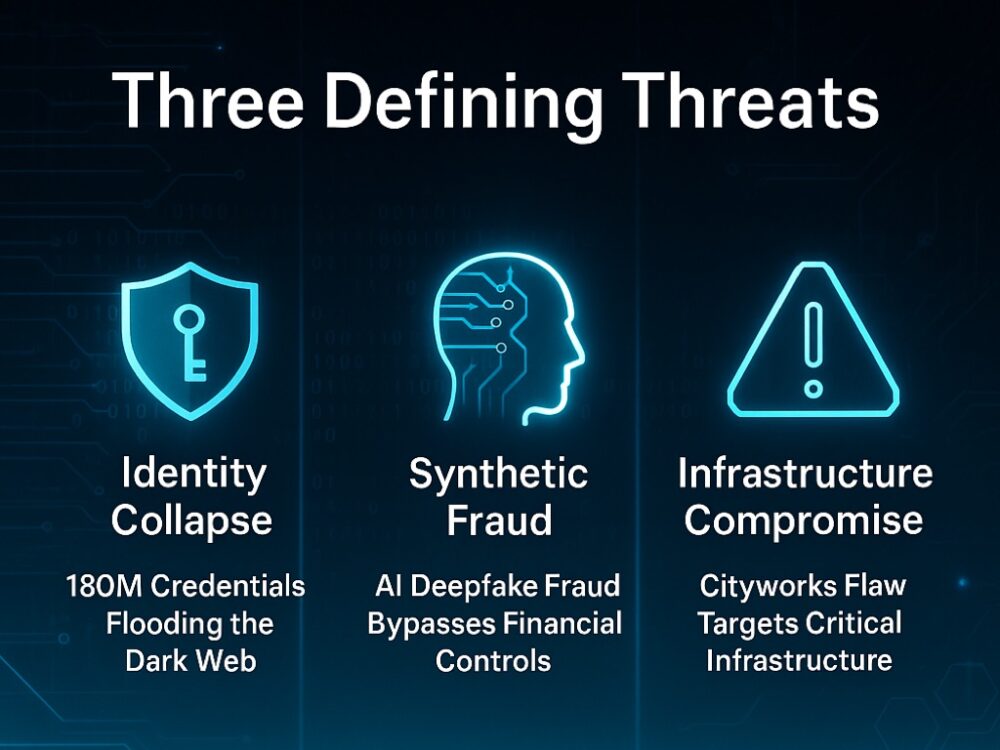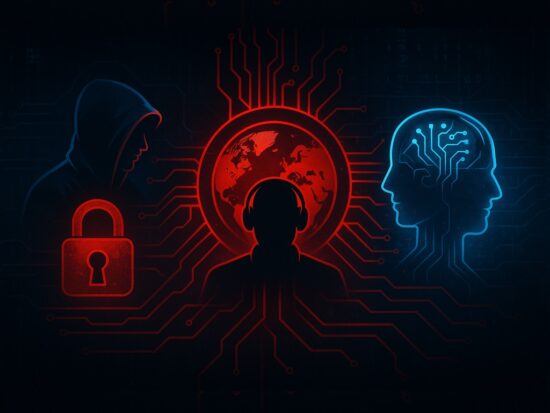Enterprise security is facing a triad of compounding threats that are reshaping digital risk at scale. These are not isolated incidents; they are inflection points—each representing a category of systemic failure, accelerated by industrial-grade threat tooling and adversarial innovation. Below are three defining threats that demand immediate action.
Credential Flood: The Collapse of Password-Based Trust
A data leak exposing 180 million credentials—with roughly 30% still active—has flooded the dark web, fueling a renewed surge in credential stuffing attacks. These findings, consistent with IBM X-Force’s reporting on identity theft campaigns, confirm what security leaders have long feared: passwords have become liabilities.
This is no longer just a problem of end-user hygiene. The industrialization of credential harvesting—via infostealers, browser implants, and database breaches—has overwhelmed perimeter defenses. Legacy systems relying on password-based access are now actively complicit in breach propagation.
Implications:
- Password reuse is systemic, and real-time reuse detection is rare.
- Attackers exploit latency between breach and remediation.
- Active Directory deployments remain littered with weak credentials.
Required Actions:
- Expedite adoption of passwordless standards (e.g., FIDO2, WebAuthn).
- Audit identity stores—especially Active Directory—for vulnerable patterns.
- Deploy live credential monitoring against known dark web breaches.
Synthetic Fraud: Deepfakes as a Financial Weapon
A successful $2 million wire fraud executed using an AI-generated voice clone of a CFO has shattered assumptions about identity verification. The attack bypassed all technical controls—not by exploiting software, but by exploiting human trust in real-time communication.
This evolution in attack surface—where executive voices can be faked with precision and urgency is manufactured as a weapon—has redefined the nature of fraud. It is no longer enough to secure endpoints or encrypt traffic. The adversary is speaking directly into our workflows.
Implications:
- Verbal confirmation is no longer a verification layer—it is a vulnerability.
- Finance, HR, and legal departments are now frontline targets.
- Deepfake generation is accessible, scalable, and context-aware.
Required Actions:
- Mandate verbal MFA—callback authentication, biometric voiceprint checks, or internal codeword protocols—for high-risk approvals.
- Train staff to question urgency, even when the voice sounds “real.”
- Incorporate deepfake simulations into executive-level tabletop exercises.
Infrastructure Attack: Exploiting the Municipal Edge
Chinese state-aligned actors (UAT-6382) exploited a deserialization vulnerability (CVE-2025-0944) in Trimble Cityworks, breaching local government networks through compromised IIS web servers. Though patched in early 2025, this attack demonstrates the latency of municipal cyber hygiene and the rising fragility of niche operational technology (OT) platforms.
Critical infrastructure is now a favored terrain for nation-state actors—not because of the value of the software itself, but because of the value of disruption. Local government systems, poorly segmented and slow to patch, are increasingly leveraged for espionage, disruption, and broader lateral movement.
Implications:
- Vulnerabilities in obscure systems can yield strategic access.
- Public infrastructure remains underfunded and under-monitored.
- The OT/IT boundary is porous, especially in municipal deployments.
Required Actions:
- Patch Cityworks installations to v15.8.9 or later immediately.
- Deploy OT anomaly detection capable of identifying lateral movement.
- Conduct software provenance audits across the third-party stack.
A Converging Threat Landscape
The convergence of leaked credentials, synthetic identity fraud, and infrastructure compromise marks a transformation in the threat landscape. Each represents a collapse of a foundational trust assumption—passwords, voices, and critical systems. The adversaries are not merely evolving; they are redefining the attack surface.
Security leaders must respond not incrementally, but structurally: by eliminating outdated authentication, hardening human trust pathways, and reinforcing digital infrastructure against threats that no longer wait. The threats are defined. The response must now be decisive.





